Airline travel today often feels more like a chore than a luxury, but for those who flew in the ‘60s and ‘70s, it was a completely different experience. Back then, flying was synonymous with glamour, sophistication, and adventure. Passengers didn’t just board a plane—they stepped into an elegant world where comfort, style, and personal service were paramount. It was a time when people dressed up to fly, when stewardesses were seen as the epitome of grace and charm, and when the experience itself was just as much a part of the journey as the destination. So let’s take a nostalgic trip back to those golden days of air travel and reminisce about what made it so unforgettable.
1. More Elbow Room: When Cabins Weren’t Packed to the Brim
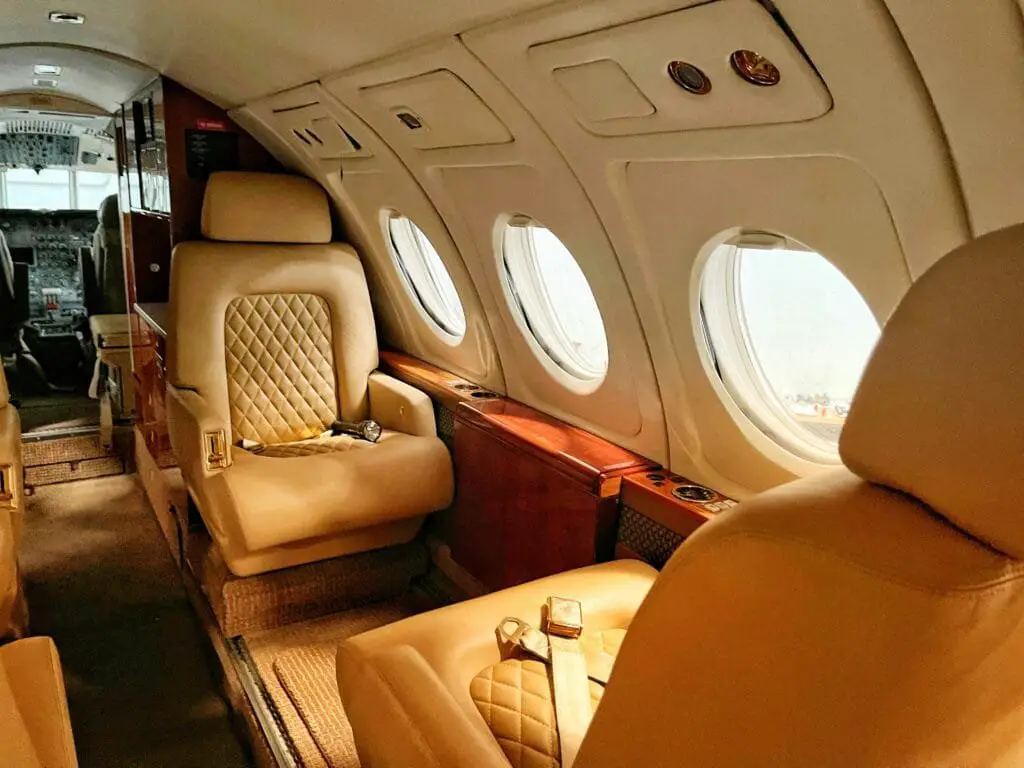
Planes in the ‘60s and ‘70s weren’t filled to capacity like they are today. Many flights had plenty of empty seats, giving passengers a chance to spread out, move around, and relax. Overhead bins weren’t crammed with luggage because many people had their bags checked (at no extra cost!). The spaciousness of the cabin made the entire flying experience more comfortable and less stressful, a far cry from today’s overbooked, tightly packed flights.
2. Spacious Seating: When Legroom Wasn’t a Luxury
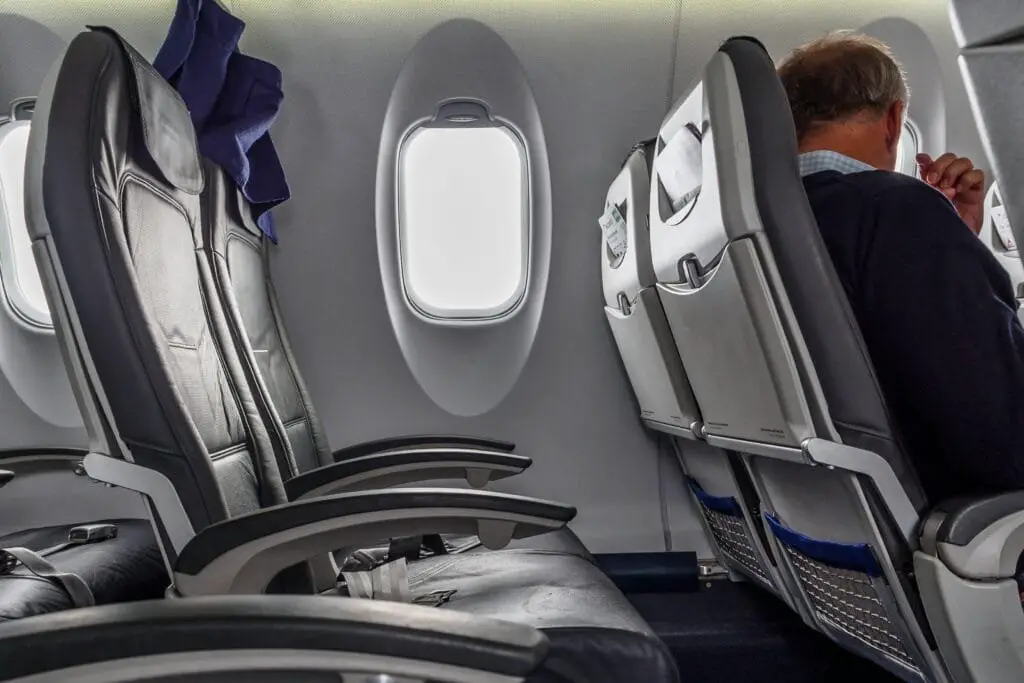
One thing you notice right away in old photos of airplane cabins is how spacious they were. Seats were wider, legroom was more generous, and there was enough space to actually stretch out. Compare that to the cramped seating of today, and it’s no wonder people look back on the ‘60s and ‘70s with fondness. Even economy class felt like first class compared to modern standards. Flying felt comfortable and leisurely, making those cross-country flights an absolute breeze.
3. Gourmet Meals Served on Real China
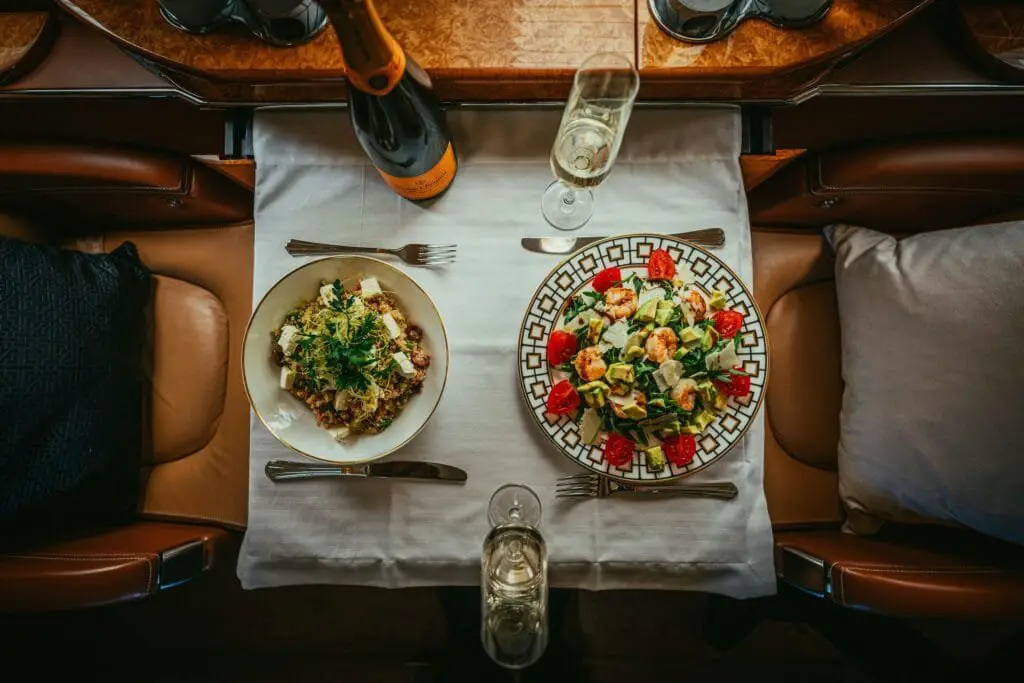
Airline food in the ‘60s and ‘70s was no joke. Forget tiny trays of microwaved meals—back then, you were served multi-course dinners on real china, with actual silverware. You could enjoy a steak dinner or fresh seafood, complete with fine wines and a decadent dessert. Some airlines even served lobster! Flight attendants would wheel out the meal service on carts like they were waiters at a high-end restaurant. Eating on a plane felt like dining in the sky—elegant and indulgent.
4. Chic Uniforms: Flight Attendants Were Fashion Icons
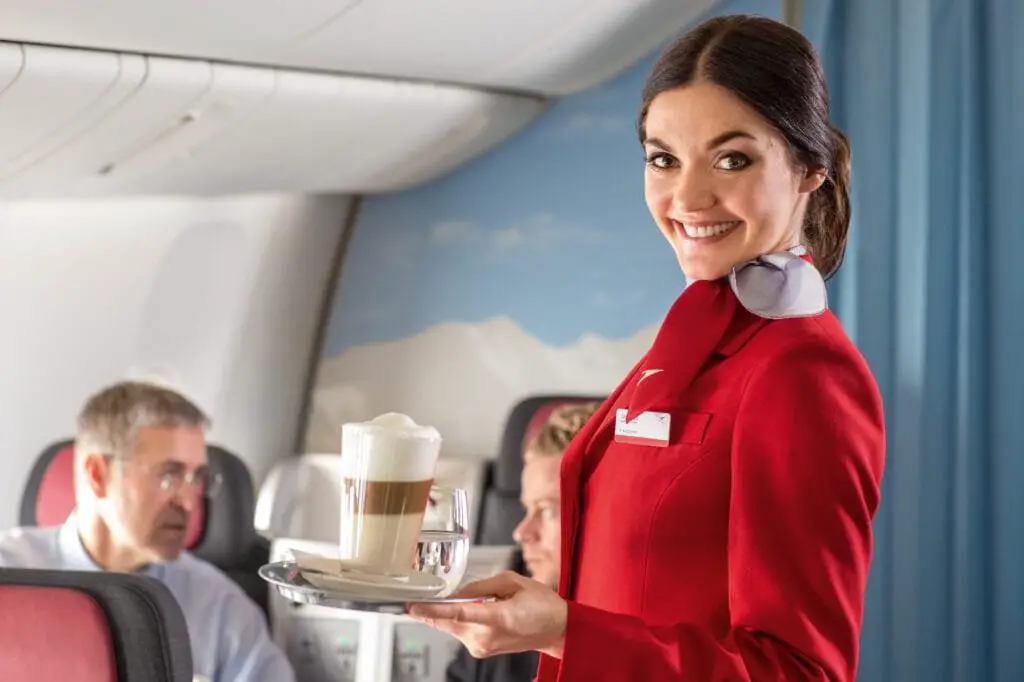
Flight attendants in the ‘60s and ‘70s were considered the height of style and sophistication. Airlines like Pan Am and TWA outfitted their stewardesses in tailored uniforms designed by world-renowned fashion designers. Every detail, from the hats and scarves to the gloves and heels, was carefully chosen to exude elegance and charm. The uniforms changed seasonally and were designed to match the airline’s branding. Flying back then felt like you were being served by fashion models with impeccable grace and poise.
5. The Red Carpet Treatment: Personalized Service and Attention
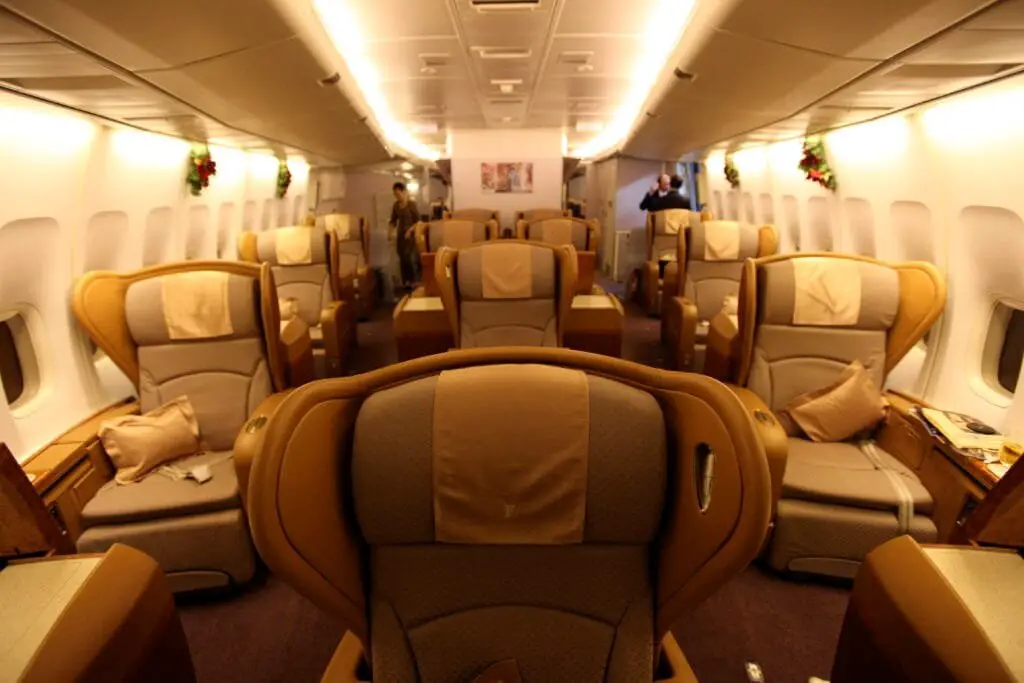
Back then, boarding a flight felt like being a guest at an exclusive event. Flight attendants knew your name, welcomed you aboard with a smile, and went out of their way to make sure you were comfortable. It wasn’t uncommon for attendants to carry passengers’ coats and bags, offer personalized meal recommendations, or even cater to special requests. It was an era when flying truly felt like a VIP experience, no matter where you sat.
6. Swanky Lounges: Where the Glamour Began Before You Even Boarded

Before you even stepped on the plane, the experience started in the airline lounges. These weren’t the standard airport waiting areas we see today—they were swanky, luxurious spaces where passengers could relax with a cocktail, listen to live piano music, or enjoy a gourmet snack. Think plush seating, stylish décor, and a serene atmosphere. These lounges set the tone for the rest of the journey, making you feel pampered and relaxed even before takeoff.
7. First-Class Amenities for Everyone: Complimentary Cocktails and Cigars

Air travel back then was so luxurious that even coach passengers received perks like complimentary cocktails and, believe it or not, cigars. The in-flight bar service was a highlight of the trip, and passengers often chatted with each other while sipping on martinis or enjoying a glass of champagne. Flight attendants would walk down the aisle offering snacks and drinks with a smile, creating a lively and convivial atmosphere that made flying feel more like a high-end social event.
8. Dressing to Impress: When Passengers Wore Their Sunday Best
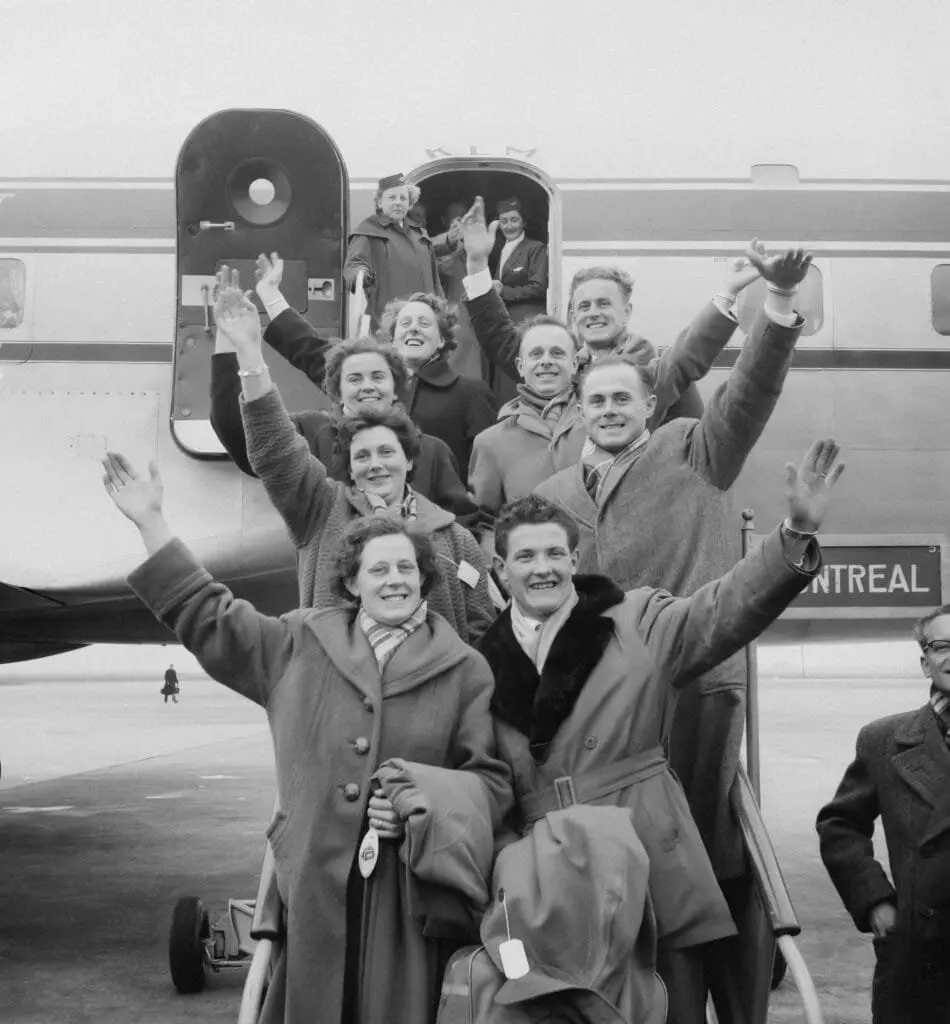
Remember when people actually dressed up to board a plane? In the ‘60s and ‘70s, airline travel was considered a luxury, and passengers treated it as such. You’d see men in suits and ties, women in dresses and pearls, and children in their best attire, all ready to embark on an adventure. There was no such thing as sweatpants and flip-flops at 30,000 feet. Dressing up made the experience feel special, like you were part of an elite club, even if just for a few hours.
9. In-Flight Entertainment: When Magazines and Decks of Cards Ruled
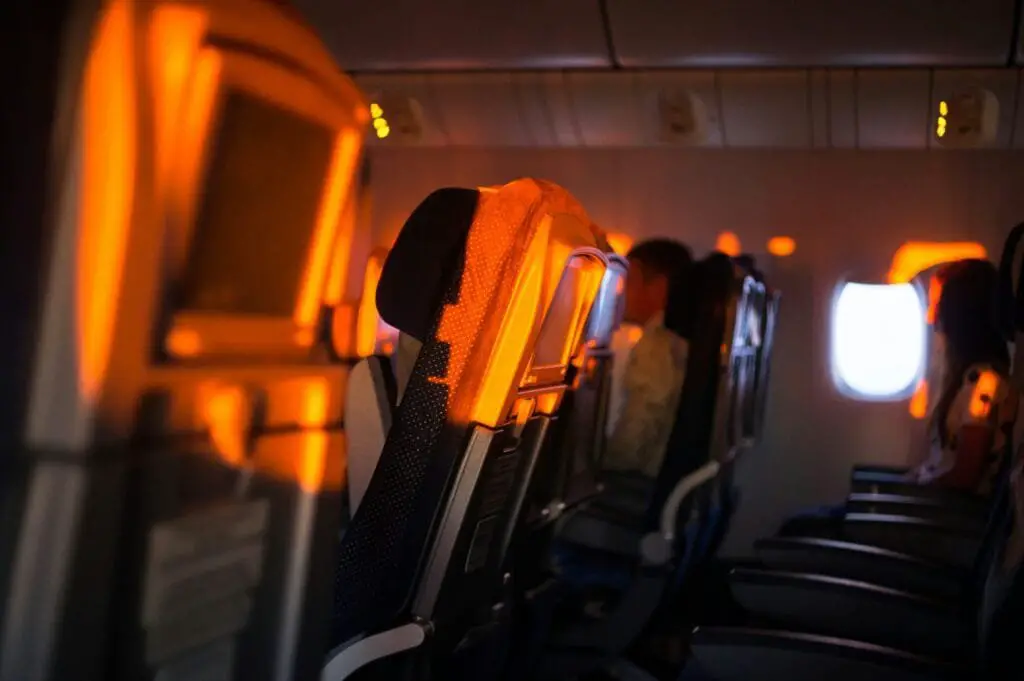
Forget individual screens or Wi-Fi—back in the day, in-flight entertainment was a lot simpler and more social. Airlines would provide magazines, newspapers, and even decks of cards for passengers to pass the time. Many flights had a communal atmosphere where people would play card games, chat with their neighbors, or enjoy a paperback novel. While modern entertainment options are abundant, there was something special about that human connection and shared experience.
10. In-Flight Magazines as Works of Art

Airlines of the ‘60s and ‘70s took pride in their in-flight magazines, which often featured beautifully illustrated covers, thoughtful articles, and insights into exotic destinations. These magazines were keepsakes, designed to inspire wanderlust and showcase the world in a way that felt artistic and refined. Flipping through one while soaring over the clouds was a unique pleasure, making passengers feel cultured and in tune with the world.
11. A Gourmet Cocktail Menu at Your Seat
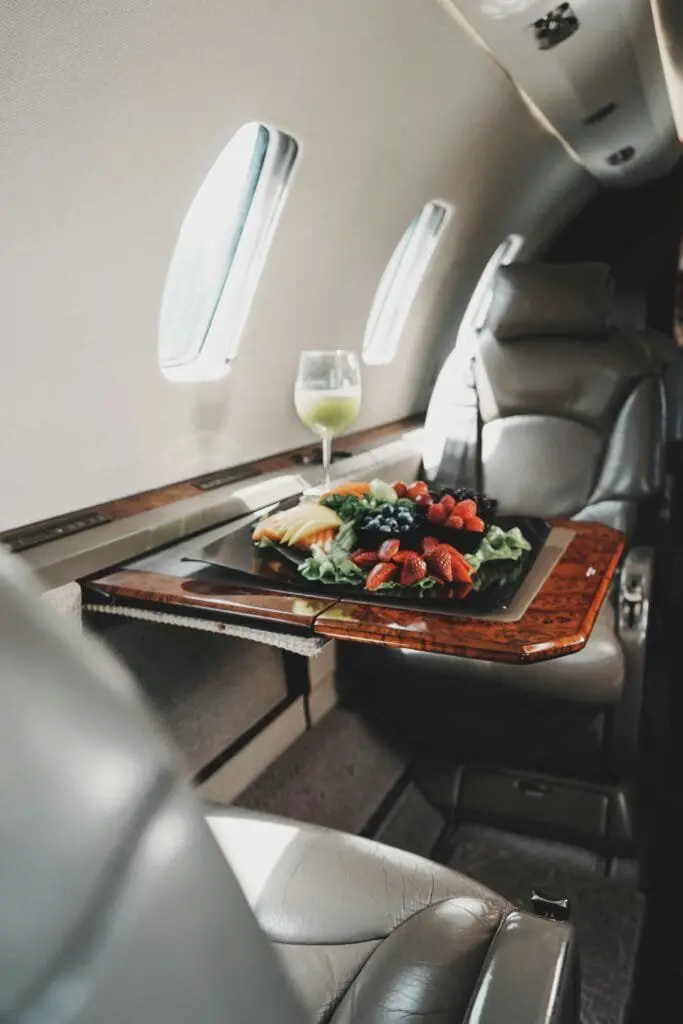
Cocktails weren’t just offered—they were curated. Airlines often had specialized cocktail menus, and flight attendants would mix up drinks like a well-trained bartender. From Bloody Marys to Old Fashioneds, the beverage service felt like something you’d get at a stylish bar rather than in a narrow cabin. Many airlines even had signature drinks that were crafted just for their passengers, adding another layer of exclusivity to the experience.
12. Sky-High Glamour: Airlines that Catered to the Elite
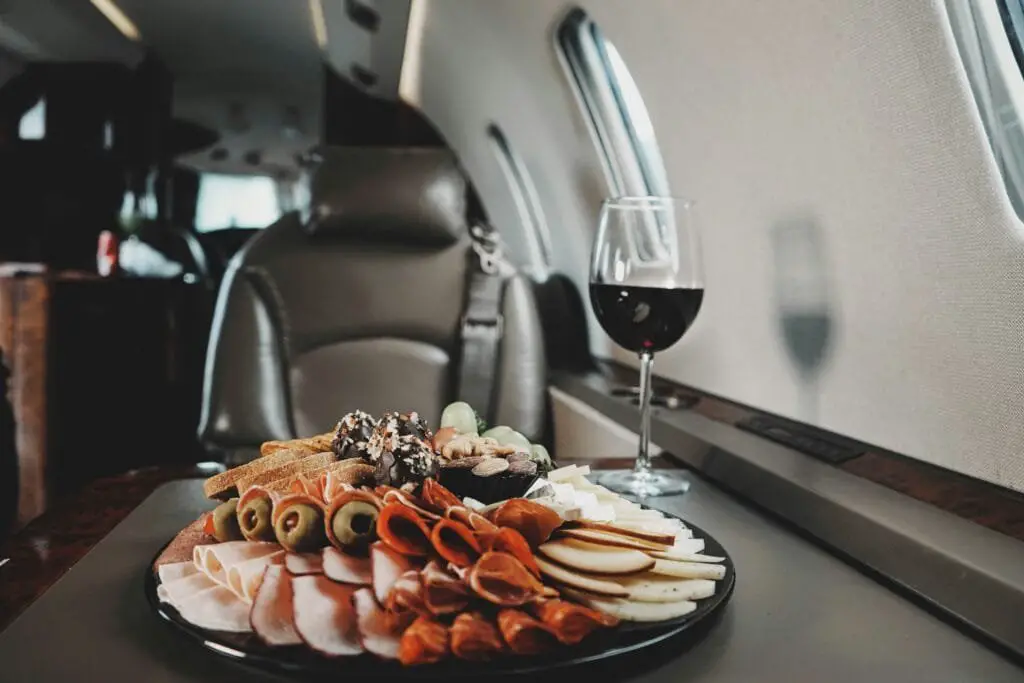
Flying was a status symbol, and airlines knew how to cater to the elite. From celebrities to politicians, it wasn’t uncommon to share a cabin with someone famous or influential. Some airlines had special services just for the elite, like Pan Am’s Clipper Class, which featured even more spacious seating, exclusive meals, and access to the first-class lounge. Flying in those days meant rubbing shoulders with society’s upper crust, making the experience feel that much more elevated.
13. Memorable Branding: When Airlines Had Personalities
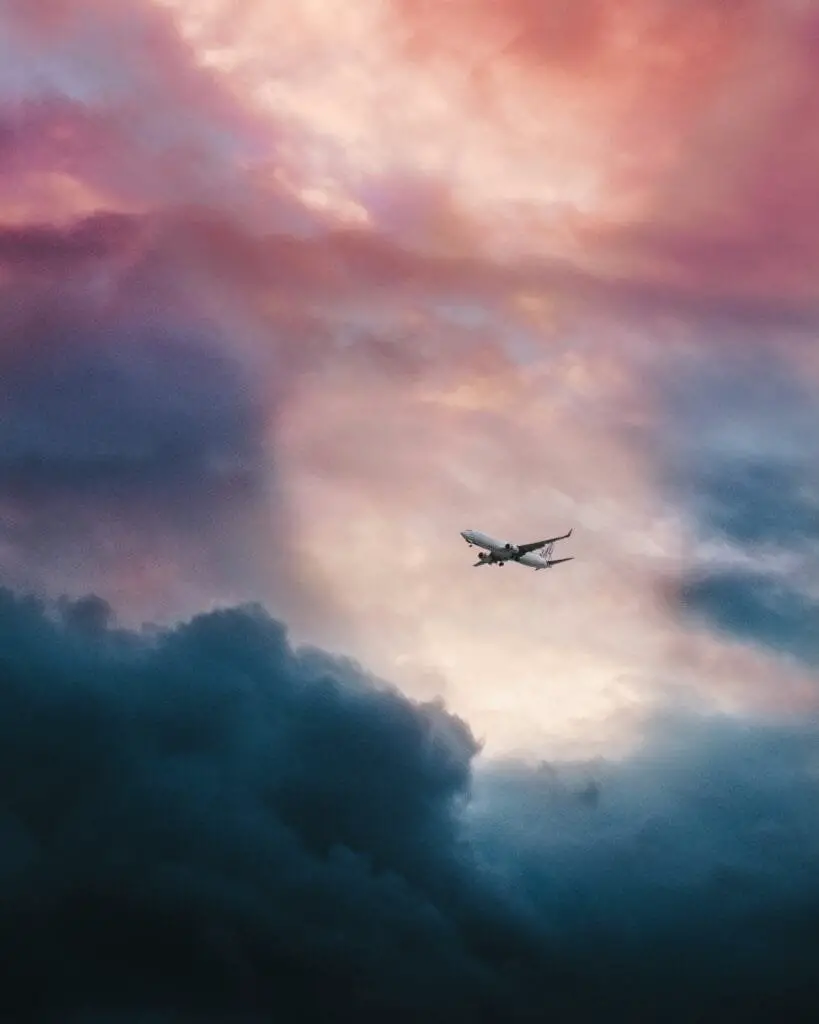
Airlines back then had distinct personalities, and people were loyal to their favorite carriers. Pan Am, TWA, and Eastern all had unique styles, marketing, and vibes that made them more than just companies—they were iconic brands that passengers felt a connection to. The advertising of the era featured catchy slogans, glamorous stewardesses, and promises of an adventure. Flying with your favorite airline felt like a badge of honor, and people wore their loyalty proudly.
14. Sky Lounges and Piano Bars: When Socializing at 30,000 Feet Was a Thing
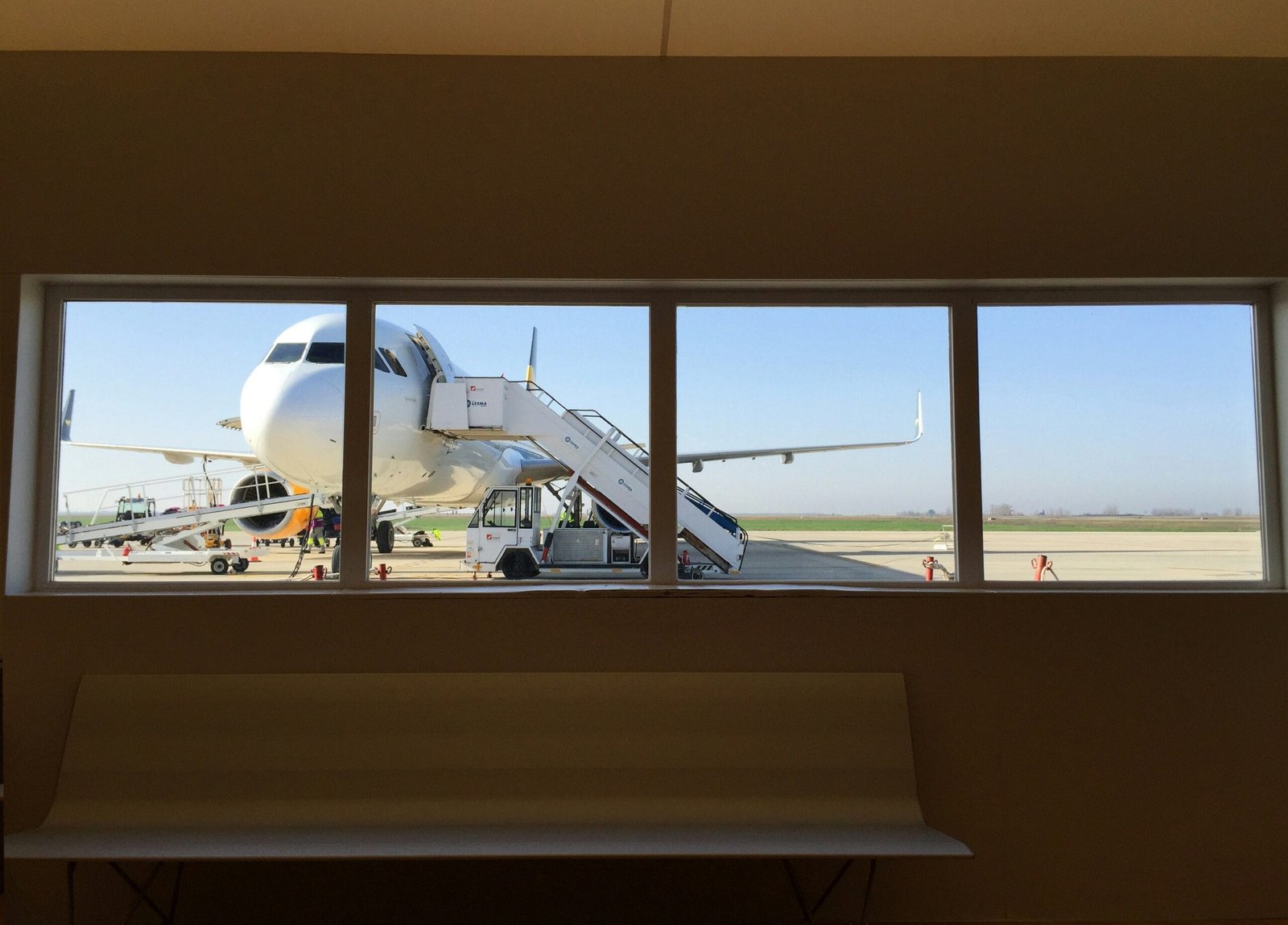
Some planes, like the Boeing 747, were designed with sky lounges, complete with seats, tables, and even piano bars. Passengers could gather, chat, and have a drink, making long flights feel like a social gathering. Can you imagine walking to the upper deck to mingle with other passengers over a live piano performance? These lounges created a sense of community, making flights something to look forward to, rather than endure.
15. In-Flight Smoking: When Clouds Were in the Cabin, Too
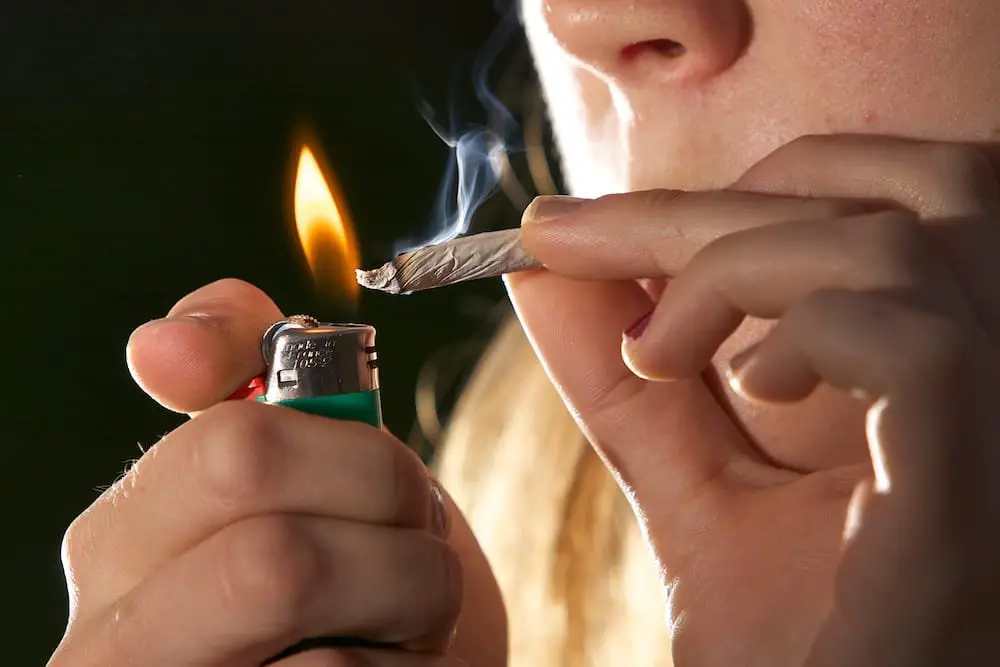
It’s almost unthinkable today, but there was a time when smoking was permitted in-flight. Passengers could light up in the cabin, and airlines even handed out complimentary cigarettes. While this practice is (thankfully) long gone, it was a part of the flying experience back then. The haze of smoke in the air was just as much a part of the atmosphere as the clinking of glasses and the hum of conversation.
16. The Golden Age of Advertising: When Airlines Sold the Dream

The advertising from this era was all about selling a glamorous, high-class experience. Airlines promised adventure, luxury, and world-class service. The posters and TV commercials featured smiling flight attendants, expansive seats, and exotic destinations. They made you want to fly—not just to get somewhere, but to experience the magic of the journey itself. These ads are a nostalgic reminder of a time when flying wasn’t just transportation; it was an event.
Looking back, it’s easy to see why the ‘60s and ‘70s are considered the golden age of air travel. Flying wasn’t just about getting from point A to point B—it was an experience to savor, full of luxury and elegance. It was a time when boarding a plane felt like entering an exclusive club, where passengers were treated to fine dining, spacious cabins, and attentive service. Every little detail, from the uniforms of the flight attendants to the design of the in-flight menus, was carefully curated to make passengers feel like valued guests.


